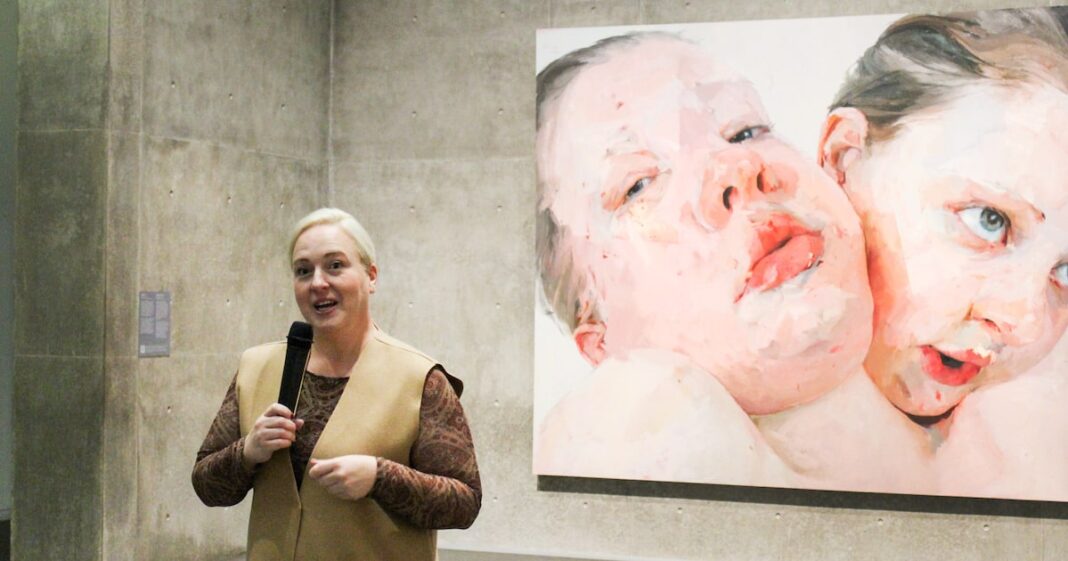A Transformative Era for North Texas Museums
In a remarkable shift within the cultural landscape of North Texas, four major museums have recently appointed new leaders, while two others are preparing for leadership transitions. This unprecedented changing of the guard aligns with a broader backdrop of heightened political tensions, decreased federal grant funding, and museums still struggling to regain visitor numbers post-pandemic.
The New Faces of Leadership
Brian Ferriso has been selected as the new leader of the Dallas Museum of Art, stepping into the role on December 1 after nearly two decades at the Portland Art Museum. His experience is anticipated to bring fresh insights to one of the region’s most prominent cultural institutions.
Carlos Basualdo took the reins at the Nasher Sculpture Center in May 2025. Previously a senior curator at the Philadelphia Museum of Art, he ascended to the role of chief curator and deputy director before making the leap to Dallas.
From the Modern Art Museum of Fort Worth comes Halona Norton-Westbrook, who began in July following five successful years at the Honolulu Museum of Art. Her track record is expected to further solidify the museum’s reputation.
Lisa Brown Ross has also joined the African American Museum of Dallas as of July. With a background in public affairs and strategic communications, including a stint at Anthem Strong Families, she is poised to make significant strides at the museum.
In contrast, two leadership positions are now vacant, notably at the Amon Carter Museum of American Art after Andrew J. Walker’s departure in August, marking the end of his 14-year tenure. As the National Medal of Honor Museum Foundation begins its search for a new president and CEO, Chris Cassidy has announced his intention to step down at the end of 2025.
Contextual Shifts and Cultural Opportunities
The confluence of leadership changes reflects not only the evolving dynamics within these institutions but also broader societal pressures. As Lucia Simek, executive director of the Dallas Contemporary, points out, “there’s so much happening politically and socially that is fodder for really excellent art.” However, she also acknowledges the difficulty in making long-term institutional decisions amid shifting political landscapes.
In tandem with these changes is significant opportunity. The upcoming 2026 FIFA World Cup presents North Texas with an influx of visitors, coupled with a rapidly growing population, expected to hit 10 million residents in the next decade.
Observations from Academia
Adam Jasienski, an associate professor of art history at Southern Methodist University, finds the simultaneity of these director changes to be “an interesting coincidence,” highlighting a broader trend in the region. While four of the departing leaders had served their institutions for over a decade, North Texas has also seen stable leadership in other institutions, revealing a landscape ripe for new ideas.
This moment may be a harbinger of growth and innovation, as Jasienski notes: “I see it as something very exciting, with interesting initiatives likely on the horizon.”
Current Challenges Faced by Museums
Despite the promising landscape, museums face substantial challenges. The overarching pressures stem from what Marilyn Jackson, president of the American Alliance of Museums, refers to as the “arc of sustainability.” This includes dwindling government funding, shifting philanthropic priorities, staffing issues, and rising operational costs.
Approximately one-third of museums experienced canceled or reduced government grants this year, directly impacting their programming. “A museum that is losing a $50,000 grant faces significant hurdles,” Jackson explains, emphasizing the challenging financial climate.
Moreover, decreased international tourism—projected to drop 8% in Dallas—adds to the struggle for visitor engagement. Less than half of U.S. museums have managed to return to pre-pandemic attendance levels, prompting increased scrutiny of programming and offerings.
Building Bridges with Communities
Amid these challenges, opportunities for growth exist, particularly through community engagement. Vicki Meek, a prominent artist and former director of the South Dallas Cultural Center, underscores the importance of institutions actively involving communities. She stresses that the support of the community is paramount, saying, “If you don’t have your programming rooted in the community, who’s going to fight for you when times get tough?”
Expanding outreach is crucial in cultivating these relationships. As Meek suggests, it starts with institutions stepping outside their walls to better understand community needs.
The Power of Collaboration
The rich cultural fabric of North Texas also opens the door for collaborative efforts among museums. Janeil Engelstad, an activist and founder of Make Art With Purpose, emphasizes the strength derived from collective action. “When organizations come together, there is a broader ability to stand for your values,” she states.
For Lucia Simek, the role of art in society becomes even more critical during tumultuous times. “Museums offer occasions for encounters that can broaden perspectives,” she asserts, reinforcing the need for art as a healing force in a world rife with division.
Looking Forward
As North Texas enters this transformative phase, the new leaders will be tasked not only with steering their respective institutions but also with navigating the broader challenges facing the arts community. Engaging with diverse communities, adapting to changing funding landscapes, and embracing the evolving political climate will be pivotal. The seeds of change planted today could yield a revitalized cultural landscape, rich in collaboration and community involvement, woven into the very fabric of North Texas’s identity.



